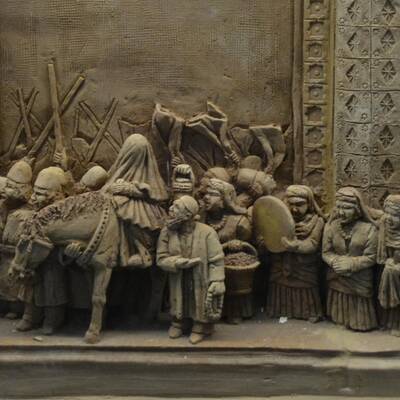One of the most important monuments of Safavid era is Chehel Sotoun or Kolah Farangi edifice in Qazvin located in the middle of a large garden and it is one of the remaining royal palaces of the Shah Tahmasp era.
The building was known as Kolah Farangi (when Qazvin was the capital) in the Safavid dynasty. This edifice was rebuilt by Mohammad Bagher Sad al-Saltane, the governor of Qazvin in Qajar period and it was named Chehel Sotoun in that time.
Kolah Farangi edifice and Ali Qapu entrance gate are the only remained buildings from the Safavid era in Qazvin that is built by the use of a Turk architect's map in an octagonal building in two floors.
The building has halls and small rooms on each floor made too small in a plaid way and have very elegant and beautiful wooden windows. A porch with brick columns and semicircular arches covers the building and a porch with wooden pillars has been built on top of it. The building map includes the crusader designs and the roof of the first floor has been covered with some innovative stalactite designs and the other roof decorated with Iranian architectural designs.
Wall paintings on the first floor are samples of Qazvin painting school with a global reputation. The walls, which are decorated with murals are unique in its kind and three layers of murals on these walls show different historical periods. Now, as the calligraphy museum of Qazvin, this building is a place to keep the precious works such as calligraphies, old books and etc.

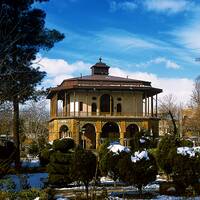
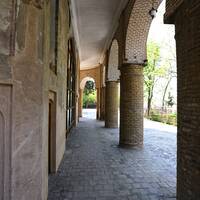
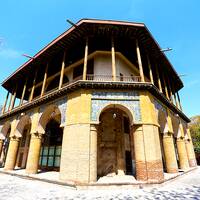
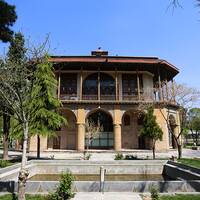
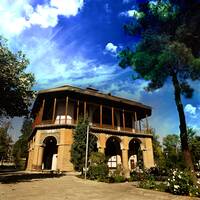
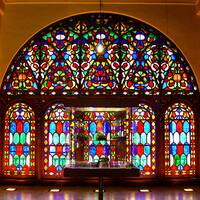
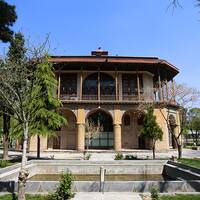
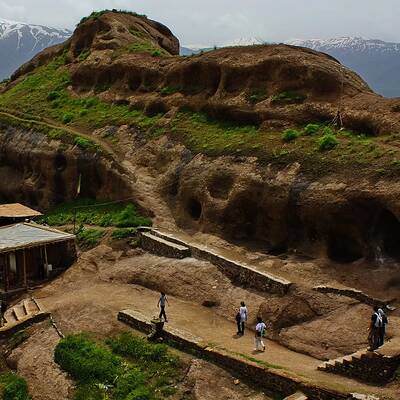
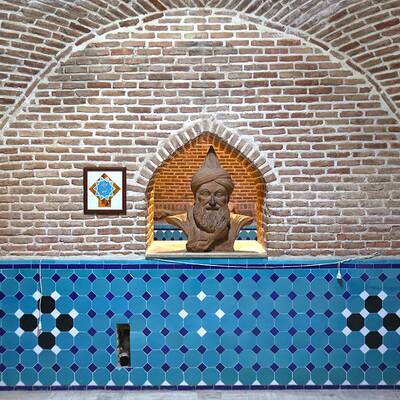
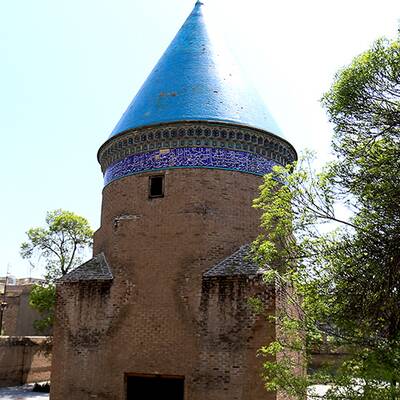
.jpg)

